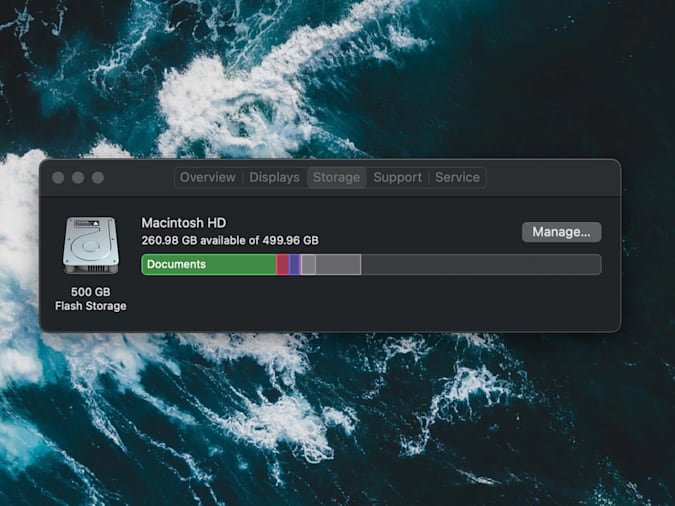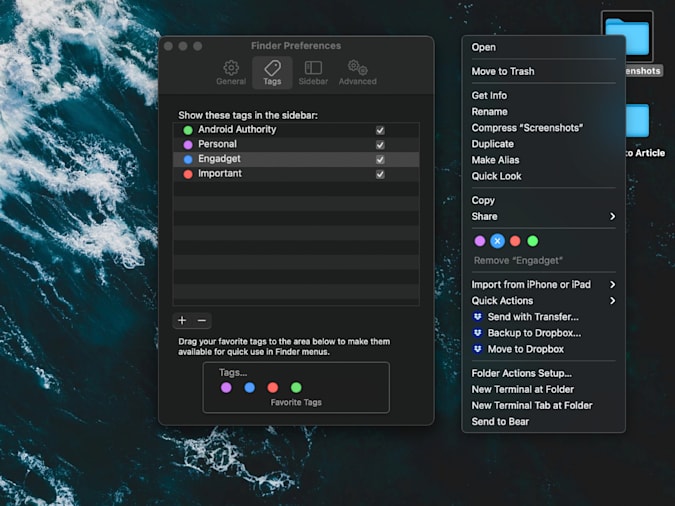How to clean your Mac’s screen and body
While there are a lot of products you can buy that are specially made to help you with cleaning your computer, I’ve found the simplest approach works best — and it’s the one Apple recommends. To start, all you’ll need is some water in a spray bottle and a clean microfiber cloth. You can use either regular or distilled water. The advantage of the latter is that it’s far less likely to leave any residue on your Mac, particularly on the display. You can buy distilled water at a grocery store or make it yourself with some simple cookware. Either way, it’s more affordable than dedicated cleaning solutions and more versatile.
As for the process of cleaning your Mac, the most important tip to remember is to start with a clean cloth (that’s part of the reason we recommend buying them in bulk). You’ll save yourself time and frustration this way. Begin by turning off your computer and unplugging it. If you went out and bought a Rocket Blower, use it now to remove any dust. If not, take a dry microfiber cloth and go over your computer. Take special care around the keys, particularly if you own a Mac with a butterfly keyboard.
How to organize hard drive

One of the hardest parts of cleaning your Mac’s hard drive is knowing where to start. After all, most of us have apps on our computers we don’t even remember installing in the first place. Thankfully, macOS comes with a tool to help you with that exact issue.
Navigate to the “Storage” section of the “About This Mac” menu and click the “Manage…” option. Here you’ll find a tool that sorts your files into broad categories and offers recommendations on how to free up space on your hard drive. You can use those in combination with the handy “Show in finder” button at the bottom of the interface to quickly navigate your hard drive. No need to search for files manually.
Here are tricks for keeping a neat Desktop and Finder
First, let us start with the menu bar. It may not technically be part of the desktop, but a tidy one can go a long way toward making everything else look less cluttered. My recommendation here is to download a $15 app called Bartender. It’s a simple program allowing you to hide unwanted menu bar items behind a three dots icon. However, the strength of Bartender is that you get a lot of customization options. For example, you can set a trigger that will automatically move the battery status icon out from hiding when your computer isn’t connected to a power outlet.
When we’re on the subject of the menu bar, take a second to open your Mac’s System Preferences menu and go to the “Users & Groups” section. Now click on the “Login Items” tab at the top of the interface and take a look at all the apps that launch when you boot up your system. You can speed up your system by paring this list down to only the programs you use most often.
About the desktop itself, the best advice is less is more. Nothing will make your computer look like a cluttered mess more than a busy desktop. Folders and stacks can help, but, for most people, I suspect part of the problem is they use their desktop as a way to quickly and easily find files that are important to them.

If you’ve ever struggled to find a specific file or folder on your computer, try using your Mac’s tagging capabilities instead. Start by opening the Finder preferences menu (“command” + “,”) and click the “Tags” tab. You can use the default ones provided by macOS or make your own. Either way, drag the ones you think you’ll use most often to the favorites areas at the bottom of the preferences window. This will make it so that they’re easily accessible when you want to use them. To append a tag to a file or folder, click on it while holding the ctrl key and select the one you want from the dropdown menu. You can also tag a file while working on it within an app. Keep in mind you can apply multiple tags to a single file or folder. You can even apply them to applications.
How to organize your windows and tabs
There’s one last app I’d like to suggest in closing out this article. If you’ve used both macOS and Windows 10, you’ll know that Apple’s operating system doesn’t come with the best window management tools. You can click and hold on the full-screen icon to tile a window to either the left or right side of your screen, but that’s about it and the feature has always felt less precise than its Windows counterpart.





